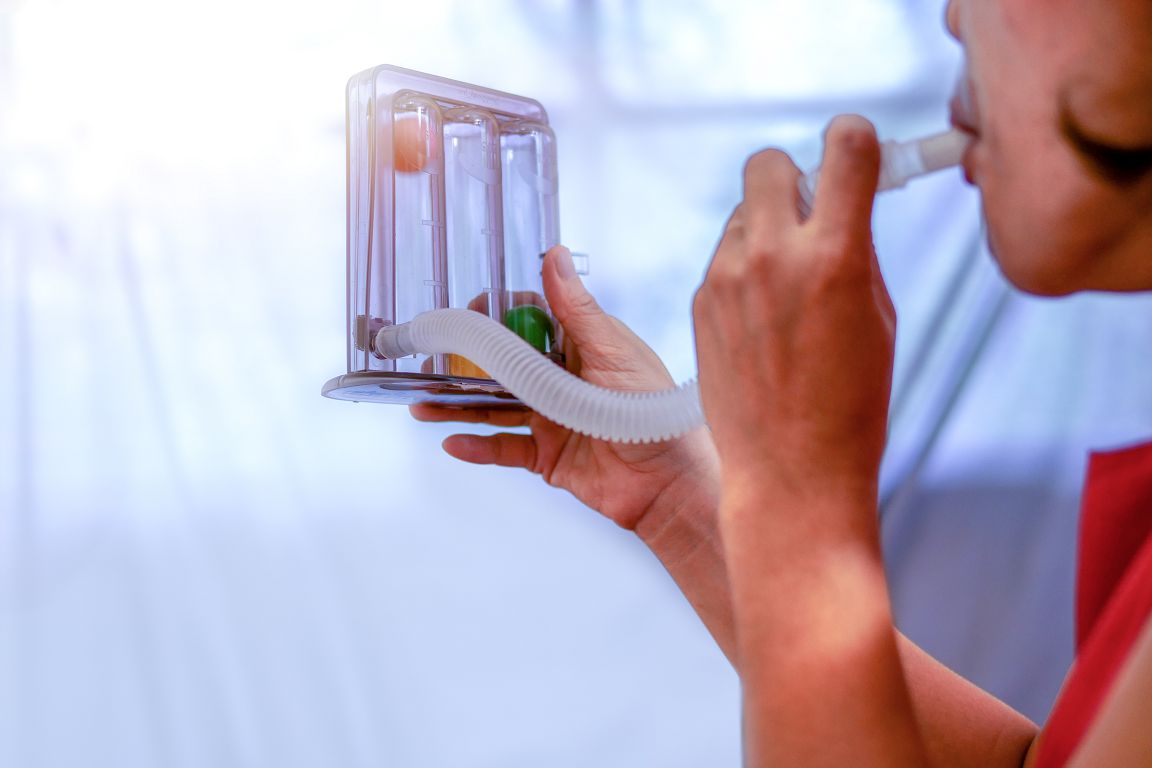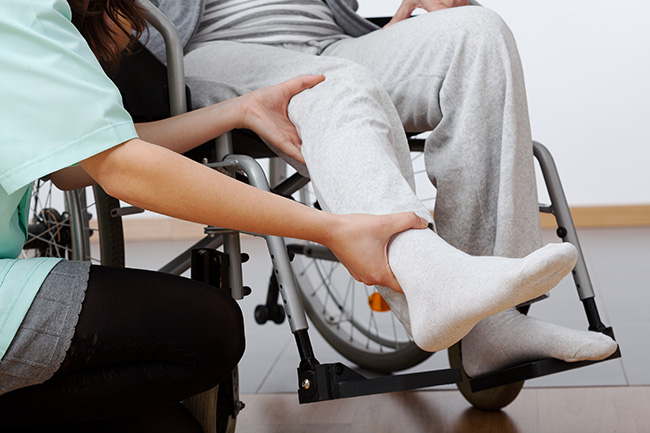Preventaion is always better than therapy. Correct recognition of prevention is helpful for post–operative recovery.
Objective
Adequate pre-operatal preparation could decrease the risk of operation, increase the ability of post-operative recovery, and prevent complications. Therefore, it is less time-consuming and it is good for reducing patients’ anxiety, fear, and pain.
Important Matters for pre-operation
- deep breathing and coughing movement: Deep breathing and coughing are helpful for pulmonary expansion and post-operative pneumonia and lung atelectasis prevention.
Methods: Inhale gently through your nose to ballooning your chest and abdomen, and then exhale slowly for 5~10 times every hour. When you cough, press on the wound with your hands to produce deep breathing cough.
- changing position movement: Change the position of your body constantly to prevent venous stasis and gastroinstine and lung complications.
Methods: Use bed railing to change the position of your body with an interval of every 1~2 hours until you can get out of the bed for more active movements.
- movements of limbs: It prevents circulation problems like Thrombophlebitis.
Methods: Patients should stretch and flex all joints of hips, knees, and ankles for venous return.
Post-operation complications can be greatly reduced once patients follow aforementioned instructions for movements.


Reminders for self-care
- Patients should manage to get out of the bed as early as possible after the operation; start with deep breathing exercise for 1~2 hours to prevent lung atelectasis and pulmonay embolism.
- Self-urination takes place within 6~8 hours after the operation. Inform our medical staff for assistance with urination if you suffer from abdominal pain and dysurination.
- Chang the position of your body frequently until you no longer feel sick, dizziness or nausea; manage to get out of the bed as early as possible to promote metabolism and prevent constipation.
- When you feel unbearable pain of the wound, press on the wound gently or change the position of your body to reduce painfulness. Read a book, listen to music, have a massage, or request assistance from the doctors to minimize your pain.
- If you observe any bruises, abnormal secretion, funny odor, or hemorrhage of the wound, inform our medical staff immediately. Maintain dryness and cleanness of the wound; intake high protein like fish and meat, or vitamin C like fruits to facilitate wound healing.




